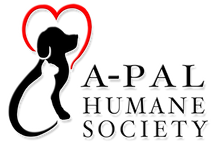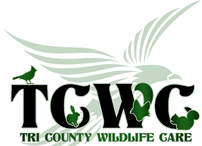April 2015 - the Canada Goose
|
The Canada goose (Branta canadensis
is one of the best known birds in North America. During the year, it is found in every contiguous state and Canadian province. These geese thrive wherever grasses, grains, or berries are available. The Canada goose is a large water bird with a long neck, large body, large webbed feet and flat bill. They are easily identified by their black head and neck, white chinstrap, light tan to cream breast and brown back. Though some Canada geese will summer in North American and fly south for the winter, many have become permanent residents of parks, golf courses, and our local neighborhoods near small or large bodies of water. When they do migrate, they can travel 1500 miles in just 24 hours, though they generally travel at a more leisurely pace. You will hear their familiar “honk” as they pass overhead in an aerodynamic V-formation. Except when nesting, geese remain in flocks year round. Canada geese provide ecological benefits that aid plants. They act as seed dispersers by eating plants and then depositing seeds in another area. Goose feces, in moderation, can contribute to soil fertility by adding nutrients. Canada geese provide recreational opportunities such as bird watching. Visiting our local lakes and watching the geese tranquilly floating on the water or watching their antics on land makes for a pleasant outdoor activity. And while you are walking along the lake or river, if you spot fishing hooks or fishing lines, please pick them up and dispose of responsibly. Fishing hooks and lines are dangerous for all wildlife. Your efforts will save a critter. |
Learn More!
|

